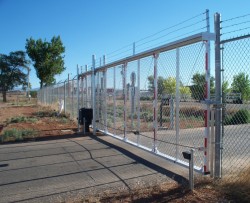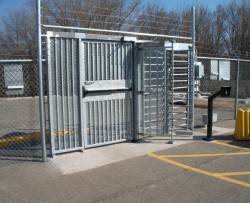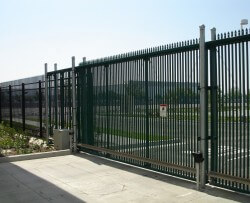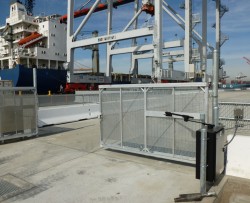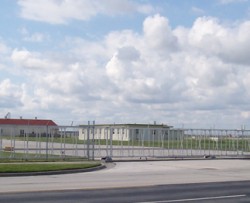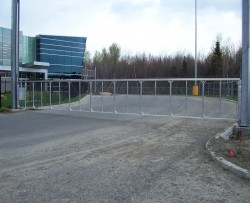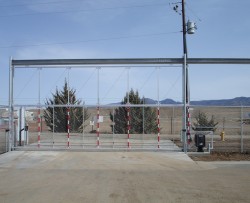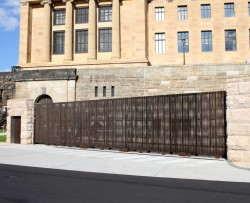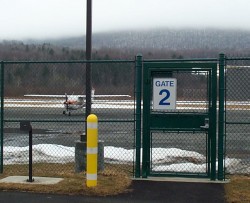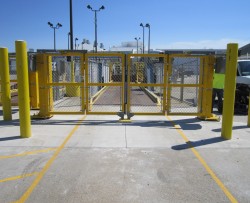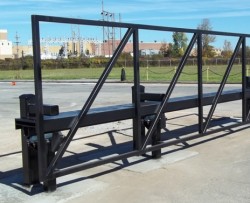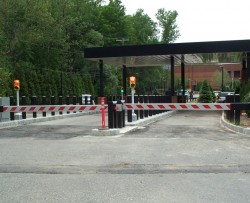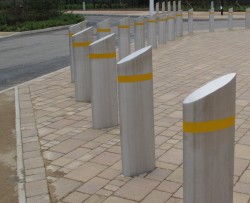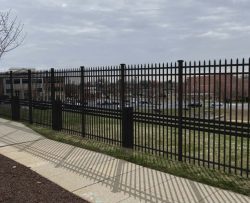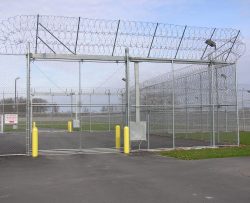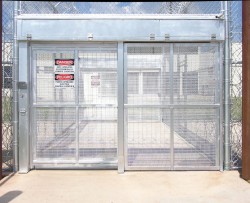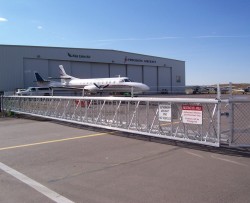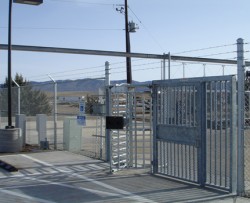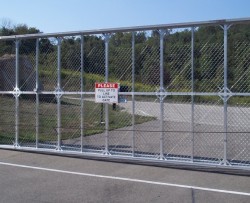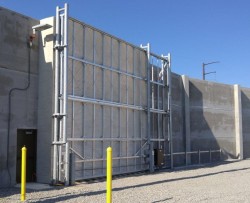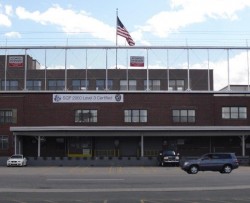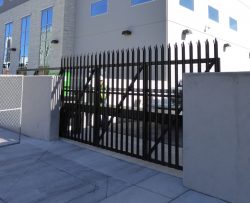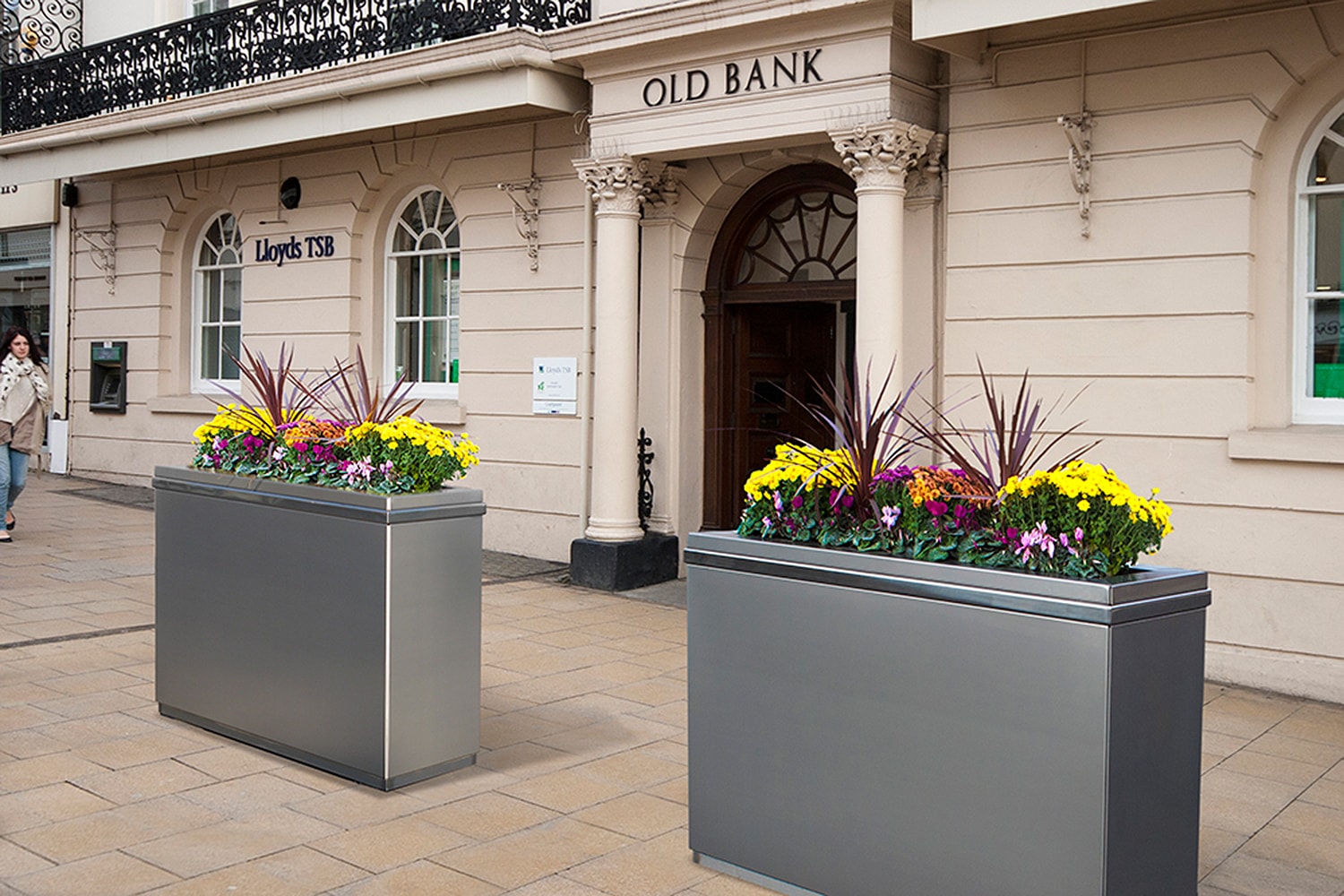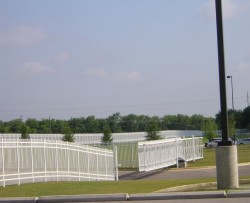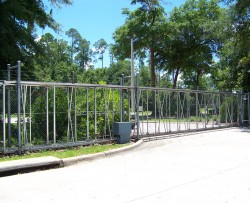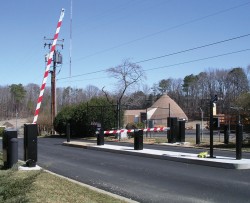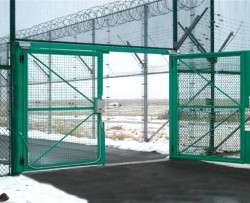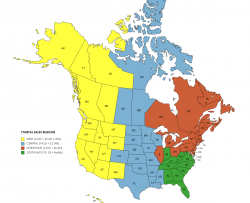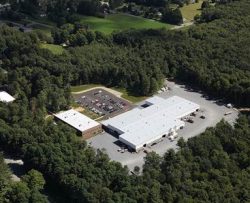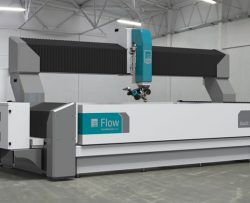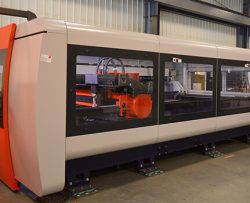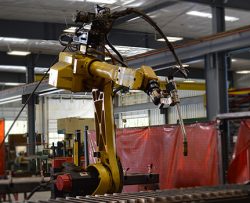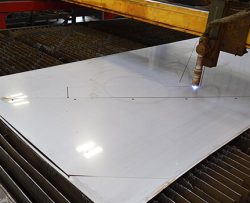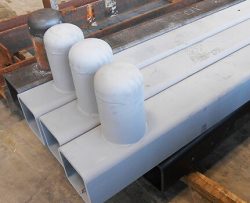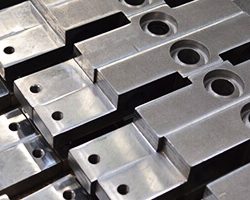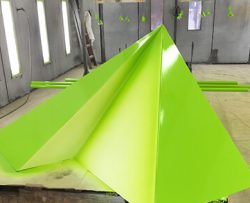Big cities, small towns, rural areas — no matter where a property is located, it could be subject to violence, criminal activity, and unauthorized access. Crimes against property, which include theft, vandalism, and arson, cost owners more than $17 billion in the United States alone every year.
Another risk that is often overlooked is vehicle incursions, which are caused when a car, truck, or other type of vehicle strikes a building. This type of incident can result in an incredible amount of damage to both people and properties. Regardless of the cause — intentional or accidental — motor vehicles crash into buildings and other structures approximately 60 times a day in the U.S.
Preventing vehicle incursions, managing the flow of traffic, and enhancing safety and overall perimeter security are just a few of the benefits provided by crash-rated barriers. Let’s explore these critical devices further to get a better understanding of how TYMETAL Corp’s crash barriers can help protect pedestrians and properties from impact damage.
The Significance of Crash-Rated Barriers
Crash-rated barriers play a critical role in enhancing safety in environments of all types, particularly those most vulnerable to vehicle incursions and criminal attacks. Even properties that are not at risk of terrorist attacks can benefit from having these devices in place to help make pedestrian traffic safer and control the flow of traffic.
Crash barriers can be used in various settings. On major highways and roadways, they are often permanently or semi-permanently installed as a means of providing increased road safety. In this setting, the barriers reduce the odds of vehicles veering off the road or crossing into opposing traffic. Crash barriers can also be deployed at project sites, access roads, and other critical areas to provide optimal security or to guide vehicular traffic. Designed to absorb a certain amount of energy on impact and redirect vehicles when needed, crash barriers effectively help protect both lives and property.
Understanding the Role of Crash Barriers in Perimeter Security
Strategic placement of crash barriers allows for the effective prevention of vehicle intrusion and the safeguarding of sensitive assets and infrastructure. Depending on the setting and the property’s security needs, crash barriers can also be used for crowd control and directing foot traffic. Additionally, these barriers perform the following functions to enhance perimeter security:
- Dissipate the force of a crash and reduce the amount of damage incurred
- Comply with any security-related regulations of the facility
- Create a stopping point for guards to conduct searches
- Direct the flow of traffic to reduce density
- Slow down speeding vehicles and control crowds during events or gatherings
- Integrate with other perimeter security solutions for comprehensive risk management
Crash Barrier Types
Given the many types of crash barriers available, properties and facilities of all types can find systems that meet their unique needs. Choose from manual or automatic closing crash-rated gates, fencing, beams, and bollards, all of which belong to the following general crash barrier types:
Crash Tested Barriers
These crash barriers have undergone independent testing and received rating designations that indicate the stopping power of the barrier. They also indicate the expected amount of penetration after impact.
Crash-Rated Barrier Ratings and Certifications
In the United States and across the globe, terrorist attacks could easily take the form of a vehicle ramming through a security gate or barrier. That history spurred the U.S. State Department to develop a crash barrier rating system.
U.S. State Department Ratings
You may see one of three K ratings, each of which measures the barrier’s stopping power as it relates to the speed and weight of the vehicle involved in the impact. The three K ratings most commonly referred to and in use today are as follows:
- K4: Stops a 15,000 pound vehicle traveling at 30 miles per hour (mph).
- K8: Stops a 15,000 pound vehicle traveling at 40 mph.
- K12: Stops a 15,000 pound vehicle traveling at 50 mph.
ASTM Ratings
After 2003, the United States revamped its standards to reflect the increasingly stringent security measures in place and deemed necessary in foreign countries. The American Society for Testing and Materials (ASTM) took over certifying crash tests. These ratings measure penetration and speed for various types of vehicles. Speed ratings are expressed for small passenger cars (SC), full-size sedan (FS), pickup trucks (PU), standard test truck/medium-duty trucks (M), class 7 cabover (C7) and heavy goods vehicles (H).
ASTM also provides P ratings indicating penetration in three classifications:
- P1: less than 3.3 feet
- P2: 3.31 to 23 feet
- P3: 23.1 to 98.4 feet
For example, an M50, P2 crash barrier could stop a medium-duty truck traveling at 50 mph with a penetration distance ranging from 3.3 to 23 feet.
Engineered Crash Barriers
In lieu of a formal ASTM crash test, manufacturers draw upon past crash test experience and apply engineering principles such that the anticipated crash test performance is calculated and then certified by a Professional Engineer. Actually, any crash test rating that doesn’t exactly correspond to the “as tested” product is considered to have an engineered rating. For example, a manufacturer tests a specific size product. If that product is manufactured to a different size the rating can only be considered “engineered” and the manufacturer should certify that it will perform to the same crash test rating as the “as tested” product.
Reinforced Crash Barriers
Reinforced crash barriers are not crash tested or crash rated. They are just designed to offer a greater level of crash resistance than the standard version of that product. For example, the manufacturer may add horizontal steel cabling to a slide gate and secure that cabling to the support posts or fixed bollards when the gate is in the closed position. While this configuration will provide a greater level of crash protection, that level of crash protection is undefined.
Benefits of Utilizing Crash-Rated Barriers
Protecting sensitive assets and preserving human safety are two of the primary benefits of using crash-rated barriers. These essential perimeter security solutions help reduce property damage caused by vehicle incursions and collisions.
Enhanced Security: Preventing Vehicular Attacks
Permanently installed crash barriers, such as crash gates and beams, as well as portable options like crash bollards, offer excellent security options. Many criminals and terrorists are instantly deterred by the sight of security barricades. Additionally, these devices provide impact protection should someone attempt to ram through the barricade, making crash barriers an effective addition to a robust perimeter security strategy.
Cost-Effective Perimeter Protection Solutions
At TYMETAL, we understand our clients’ diverse needs, including the budgetary constraints they may face. Although crash-rated barriers require an initial investment, the return on that investment is incalculable. Consider the cost savings of injury prevention and optimized protection of properties and assets. Additionally, crash barriers may reduce liabilities, effectively lowering accident-related costs and the expense required to restore properties after an incident.
Choosing the Right Crash-Rated Barrier
To more fully benefit from the installation of a crash-rated barrier, it’s essential to select the right type of barrier. No two properties or situations are exactly the same. That’s why starting with a comprehensive site assessment offers the best possible results. Let’s explore the basic process in greater detail:
1. Assess the Site
Evaluate the intended area, noting the conditions of the site and anticipated boundaries. Pay attention to elements like side roads, terrain, landscaping, and utilities. Consider natural deterrents such as hills, swales, rocks, trees, etc. Additionally, consider local regulations and policies that may play a role and the expected threat level.
2. Perform a Threat Assessment
Understanding the site’s vulnerabilities and potential threat risk is essential to choosing the right crash barrier. Investigate the areas that are most vulnerable to vehicular attacks. Conduct motion studies to determine potential paths of vehicles and note the typical vehicle size and speed according to the normal flow of traffic.
3. Consider the Particulars
Does the area need something permanent like a gate or beam or something removable like crash bollards? Additionally, evaluate the opening and space on either side to determine the type of system that will fit in the area. Finally, use the information from the threat assessment to determine the appropriate crash rating for optimal safety.
Contact TYMETAL for Your Crash Barrier Needs
TYMETAL is the industry leader in designing, manufacturing, and servicing high-quality crash-rated barriers. Whether the site is high-security, such as military and defense facilities, or low-to-moderate security, like an educational institution or commercial property, we can help enhance your perimeter security. With decades of experience and a team dedicated to providing the best possible customer service, TYMETAL is more than prepared to meet your security needs. Contact us today to learn more about crash-rated solutions.
